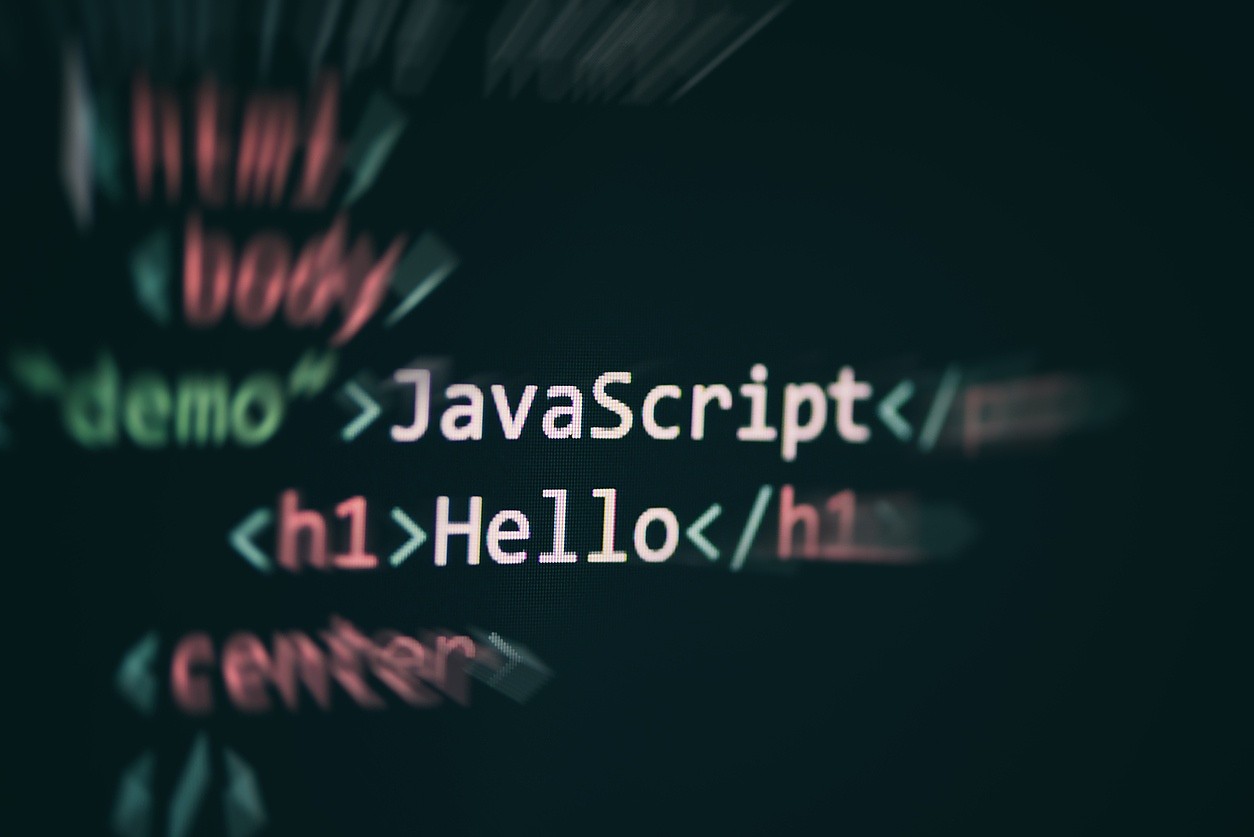When creating a website, terms like UI/ UX - user interface/ user experience - are mandatory. Combining the graphic look with the experience lived in web browsing is both art and science.
Web design has evolved in such a way that, more and more, we find websites with graphic animations based on the scroll, super impactful video movements, image and text and details that hold our attention and appeal our senses.
This interactivity is based on the enormous evolution of JavaScript in recent years and its application in graphic and 3D animation on the web, which run in the user's browser.
JavaScript is a high-level structured scripting interpreted programming language that, along with HTML and CSS, is at the top of the three main technologies of the World Wide Web. It is currently the main language for client-side programming in browsers.
The theme here is that this graphic evolution, clearly visible on some websites that impress us, does not depend only on designers, but requires a multidisciplinary team of creatives, web designers, animators, and programmers. The result of this is websites that require an allocation of specialized resources for their design and production and, therefore, greater investment.
The Pareto principle, or the 80/20 rule, applies here, because 20% of the “details” visible on the site occupy 80% of the development team’s time, but what makes the difference between a good site and an unforgettable site are precisely these "details".
The Portuguese market is known for being a pioneer in the adoption of new technologies and graphic trends, this is not in question! The question is: do the Portuguese companies value the difference and understand the complexity behind it, to be willing to invest in this new concept of web design that transforms browsing into a sensorial experience with conversion and elevates the digital world.
